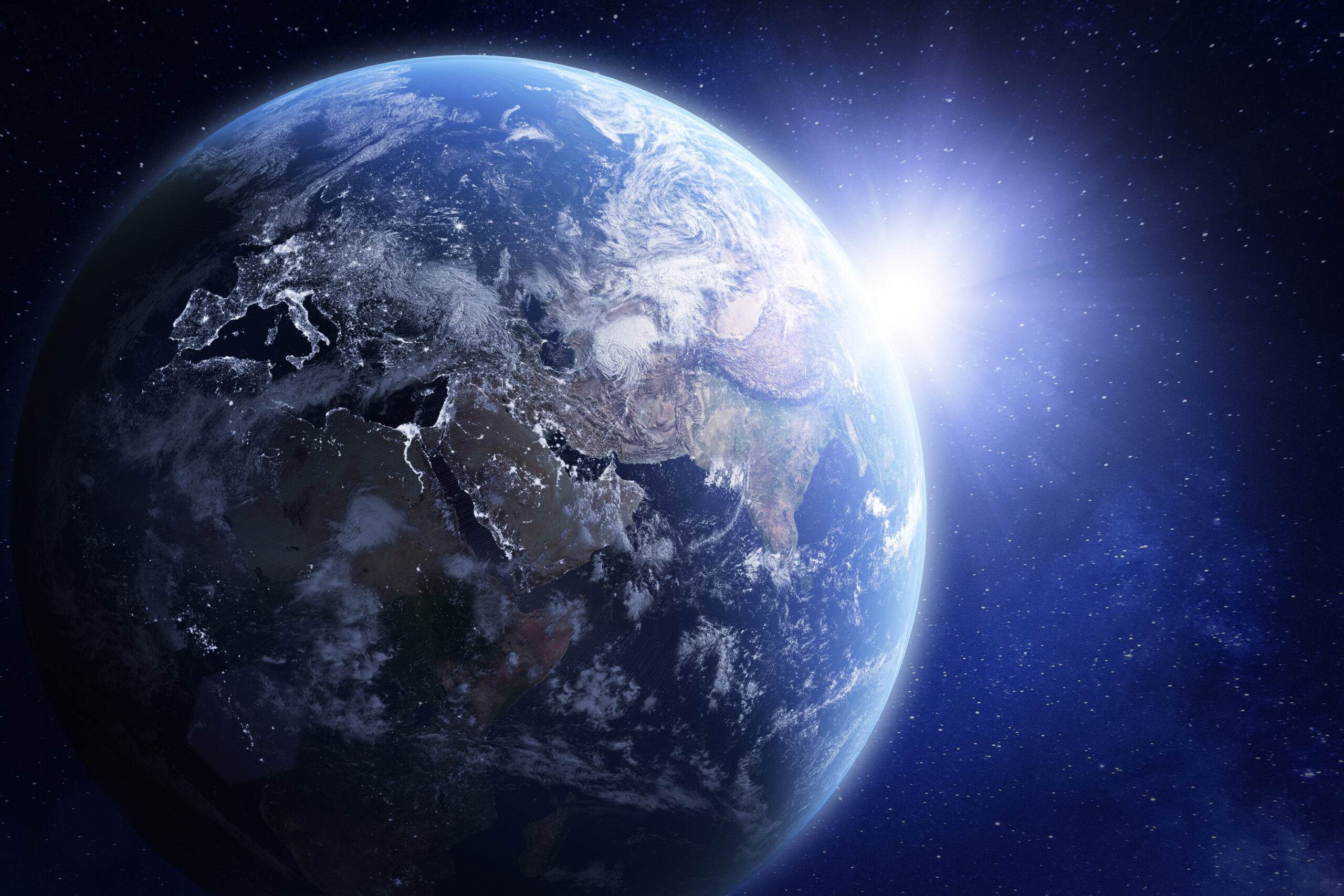I’m updating this earlier post here in the wake of Trump’s 2024 reelection. I revisit it because it’s so essential to attend to our foundations, especially when we’re shaky, especially when it keeps getting clearer that our shared predicament is dire and that there really is no quick fix.
I hope these principles, developed over the course of the past 15 plus years, can be as supportive for you as they have been and continue to be for me. When they go beyond being platitudes, when they are lived and experienced in a felt way, as a way of being, they can help you stay present and grounded and be who you want to be.
Principles of Active Peace
As an active peacemaker your highest intention is to heal the illusion of separateness through the felt experience of interbeing. You do this right in the midst of life with all its challenges and embrace the process as a great adventure.
You take 100% responsibility for every aspect of your experience — all your thoughts, emotions, and behaviors. You are not a victim!
You prioritize relationships, respect, and healthy communication. When you cause harm you clean it up. When someone hurts you, you don’t take it personally.
You cultivate the capacity to see the Big Picture and hold Paradox. You bear witness to injustice, violence, and desecration. You also allow yourself to be uplifted by all the beauty and wonder of the world.
Your action flows from love (not guilt or shame). You trust the unfolding of life and humbly do what’s yours to do, without attachment to outcome.
As you heal the divisions within yourself, your very sense of who and what you are expands, as does your circle of care.
In this natural unfolding of love and wisdom you unleash your fullest expression of life energy and become a force of nature and true force for social transformation.
Active Peace is a way of being that you honor and hold with sacred intention.


This is rich Ken. Thank you. I appreciate your experiences in the territory of white supremacy, racial healing, and trauma. As you indicate, it is complex territory with lots of layers and nuance. No one set of principles is going to capture everything and I’m happy to hear you are still resonating with the essence and intention behind the AP principles. 100% personal responsibility as I understand it will always apply, since it only asks one to take the responsibility that is truly theirs to take and it goes with the personal power that we all have, always. It’s not about sweeping anything under the rug or disregarding context. In my experience these principles support my ability to be and stay present and resourced and that’s been foundational, especially in challenging circumstances.
Active Peace remains an important part of the big (and expanding) picture for me.
Because of my involvement with racial justice and the reparations movement as a white person I am made aware of the impactful role trauma has on those who experience first-hand racial trauma and the effects of intergenerational trauma.
These impact the possibilities of the ones harmed for seeing the basic goodness in each person without exceptions when that basic goodness is deeply self-suppressed by the oppressor’s own harmful belligerence toward other people including the sincere peacemaker. Especially the peacemaker of a marginalized group such as people of color.
Similarly so for other marginalized groups.
These traumas also impact one’s ability to expand one’s circle of care and concern because the internalized trauma warns of further potential harm while existing harm remains unacknowledged and therefore unhealed.
One may avoid or refuse to play the victim out of resolve for resilience, and yet still be deeply wounded and victimized. Living examples abound within the African American, Native American, and immigrant communities in our country; examples of resilience in the face of ongoing trauma and prejudice experienced not just in isolation but collectively in this society.
In this experience the one traumatized cannot take 100% responsibility of their experience. That would seem to be accepting injustice against one’s conscience. That would not be the same as paradox. It is contradiction and negation.
Self care is critical to recovery and healing for the traumatized. But in this context it is not enough to achieving justice and healing predicated on that justice.
The circle of care considers that the Active Peacemaker is sometimes the one traumatized and will be the one that needs special care. The one who has caused harm cannot know their own basic goodness until they are brought into that restorative process that leads them into facing their harm in a way that also leads them into at least some perception of their latent basic goodness which they may have never known themselves; or which has been distorted by the effects of persuasions regarding superiority and separation.
This means the Active Peacemaker can believe there is a basic goodness in each person and still not be able to see it for all these reasons.
This alludes to a more complex process that needs further definition. It has association with the reparations movement which is primarily initiated by the aggrieved. It is not linear in that justice is interpersonal and thus interdependent for the very reason that injustice is interpersonal.
But that the movement is driven forward by the aggrieved does point to the deep impulse toward healing, not retribution.
It points to something with great potential for the aggrieved and the society as a whole.
Active Peace remains integral to my involvements as I find it useful to not only expanding my circle of care and concern, but also the circle of considerations on its applications. Perhaps Active Peace can be further defined with these considerations reflecting a broader range of experiences among its expanding universe of participants. 💛